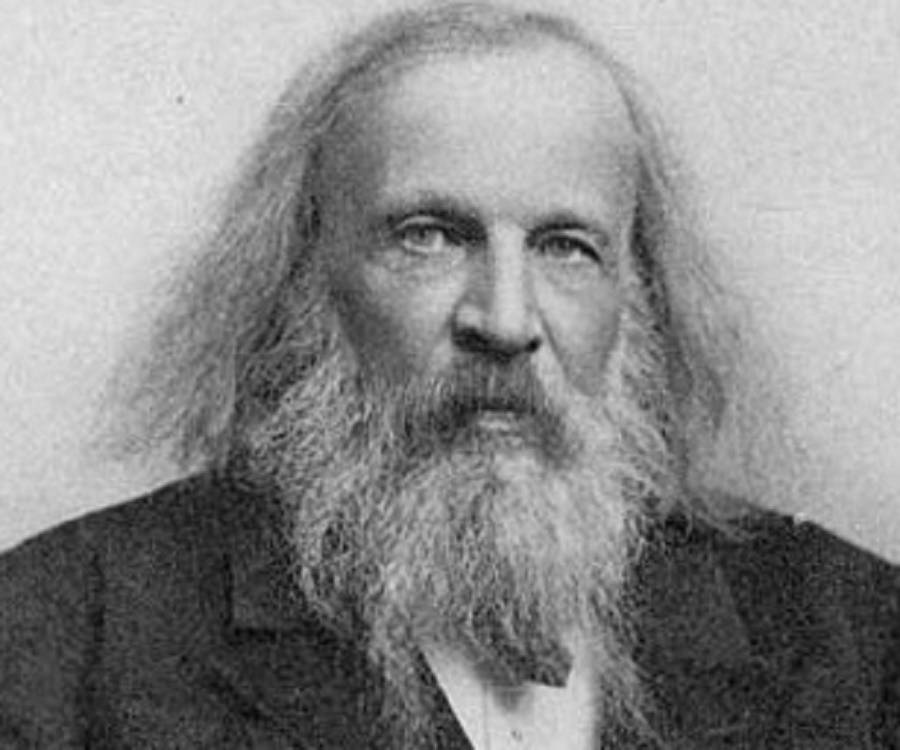Blog Post 5 (Unit 5)
Dmitri Mendeleev
Source: TFP Mendeleev Biography
- List two features of Mendeleev’s periodic table that led to its widespread acceptance.
Mendeleev's periodic table included blank spaces where unknown elements that had yet to be discovered were to be placed based upon spaces in his model. Not long after, elements were indeed discovered that fit exactly into the spaces and requirements that Mendeleev had left.
He predicted the properties of Gallium and Germanium and organized the periodic elements in a table alone.
- How do scientists distinguish between metals, Metalloids, and nonmetals?
- Metals are shiny, malleable, ductile, typically in solid form, and are good electrical conductors.
- Non-Metals are typically gaseous at room temperature, insulators, not malleable or ductile, and have low melting points.
- Metalloids are semiconductors, have properties of both metals, and nonmetals, and form both Covalent and ionic bonds.
Overall observed differences are Ductile, Malleable, Conductivity, and Luster. Different experiments and tests can be run to test each of these variables and if they are present, while some are simply observed.
- Explain the different ways Henry Moseley reorganized the periodic table.
Mosley re-arranged the periodic table in order to solve the problem that Mendeleev came across of not being able to organize ALL elements by their atomic mass. By studying, and measuring the Emission Spectra of elements, Mosley was able to use this light emitted by energized atoms to figure out how many protons were in each atom of each element. This allowed him to create the atomic numbers by which the periodic table is organized today.
- Use the periodic table to group these twelve elements into six pairs of elements having similar properties: Ca, K, Ga, Br, Bi, Sn, Cl, Al, Rb, Si, P, Sr.
Element Pairs - similarity-based
Ca and Sr
Ca and Sr
K and Rb
Ga and Al
P and Bi
Si and Sn
Cl and Br
- How do trends in the periodic table predict the properties of an element?
Elements moving across the periodic table from left to right, and then down, increase in atomic mass, therefore getting progressively larger in overall size. On the right side of the step-line, are nonmetals, typically in gaseous form. On the left, are metals, and in the center, lowered portion of the table are transition metals. Moving down the periodic table vertically, the ionization energy of elements, as well as their electron affinity both decrease. Due to the distinct trends in atomic elemental properties, a predicted area of possessed properties for an element can be predicted.
- Describe at least one property common to each of the five main families on the periodic table.
- Group 1: alkali metals. <-- Low melting and boiling points relative to those possessed by other metals. They are also very malleable, and easily cut.
- Group 2: alkaline earth metals. <-- Somewhat reactive metals with low densities and are typically sliver-white and shiny in appearance.
- Group 3: halogens. <-- Are reactive non-metals with very high electronegativity levels throughout the group.
- Group 4: noble gases. <-- Primarily unreactive, and extremely stable elements that contain the greatest number of valence electrons.
- Group 5: transition metals. <-- Transition metals serve as good conductors of heat, and are also highly malleable/ductile, as well as the ability to form colored compounds.
- Explain why Rubidium would have a higher ionization energy than Caesium.
Caesium has a larger atomic radius, meaning the electrons are more easily lost, the larger the atomic radii become. Because Rubidium has a significantly smaller atomic radius than Caesium, Rubidium possesses a higher ionization energy, making it challenging to remove an electron from it. This is also shown by the two element's placement on the periodic table. Radii increase in size the further down the periodic table a person looks, which correlates with Caesium's placement in relation to Rubidium.
- Explain why transition metals, such as copper and iron, are used as building materials.
Copper and Iron are frequently used as building materials for several reasons. For one, they are both conductive and can be used for wiring and electrics. Copper, being used much more frequently for this purpose is significantly softer than Iron, which is used more often in secure beams, building materials etc. Additionally, both are malleable and ductile and are able to be used easily to mold into whatever shape needed. Abundance is another factor, and as neither are difficult to come across or acquire, they are ideal structural components.
Transition metals in general, are less reactive than other types of metals and are more easily bent/more malleable. This allows them to be easily formed into different mechanical shapes for building and permits their use in many different functions.
Transition metals in general, are less reactive than other types of metals and are more easily bent/more malleable. This allows them to be easily formed into different mechanical shapes for building and permits their use in many different functions.


